Over 400 killed in Balochistan sectarian violence: Report
Official data shows an alarming increase in killings.

Over 400 killed in Balochistan sectarian violence: Report
The government seems to be at a loss to explain the escalating sectarian strife in Balochistan, which has claimed more than 400 lives in more than 200 incidents of ethnic and sectarian violence in the past four years.
The decade-long insurgency recently turned into a battleground for politically motivated attacks on religious sects with banned outfit Lashkar-e-Jhangvi allegedly targeting the Shia and Hazara communities throughout the embattled province.
The provincial home department said in an official report last week that cross-border influence, among other factors, was fuelling the sectarian violence.
The official report which covers a period of four years states that over 400 Shias and Hazaras, who account for nearly a fifth of the country’s 170 million population lost their lives as a result of the aggression. Around 100 pilgrims have been killed in just the first half of the current year.
Another 450 people were injured in over 110 sectarian attacks from 2008 to 2011.
The increasing trend of violence is alarming. Over 120 members of the Shia and Hazara communities were gunned down last year while close to a 100 sustained injuries, compared to 81 fatalities and 200 casualties in 2010.
In 2009, 39 members of the Shia community were killed and 20 injured in over 30 incidents of ethnic violence, while only 15 were killed and 10 injured in 2008.
The police have arrested alleged terrorist Sher Dil, also known as Babu, for his reported ties with Lashkar-e-Jhangvi in a bid to curb the violence. Others who have been arrested include Hafiz Muhammad Usman alias Abbas, Dawood Badeeni, Jalil Ababkki and Shafiq Rind. However, some suspects such as Usman Saifullah and Ziaul Haq still remain at large.
Alleged terrorists Khalid Bungulzai and Majeed Langove are said to have been killed in police encounters and the government has constituted a high-level inquiry committee headed by the home minister of Balochistan to further probe the incident.
The provincial government has decided to refer the investigation of “sensitive cases” to the Crime Investigation Department and called for a review of the regulations pertaining to the movement of pilgrims under the Travel Agency Act, 1976.
The provincial home secretary also held meetings with the Iranian consul general. Both sides agreed to beef-up security arrangements from Quetta to Taftan and discussed possible arrangements for facilitating the movement of members of the Hazara community between Marriabad to Hazara Town and Hazar Ganji.
Published in The Express Tribune, July 1st, 2012.

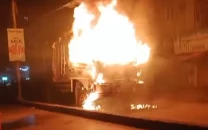
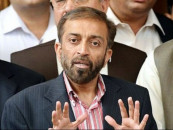
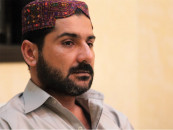
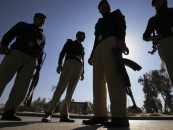





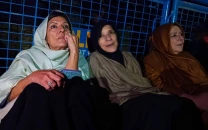







COMMENTS
Comments are moderated and generally will be posted if they are on-topic and not abusive.
For more information, please see our Comments FAQ